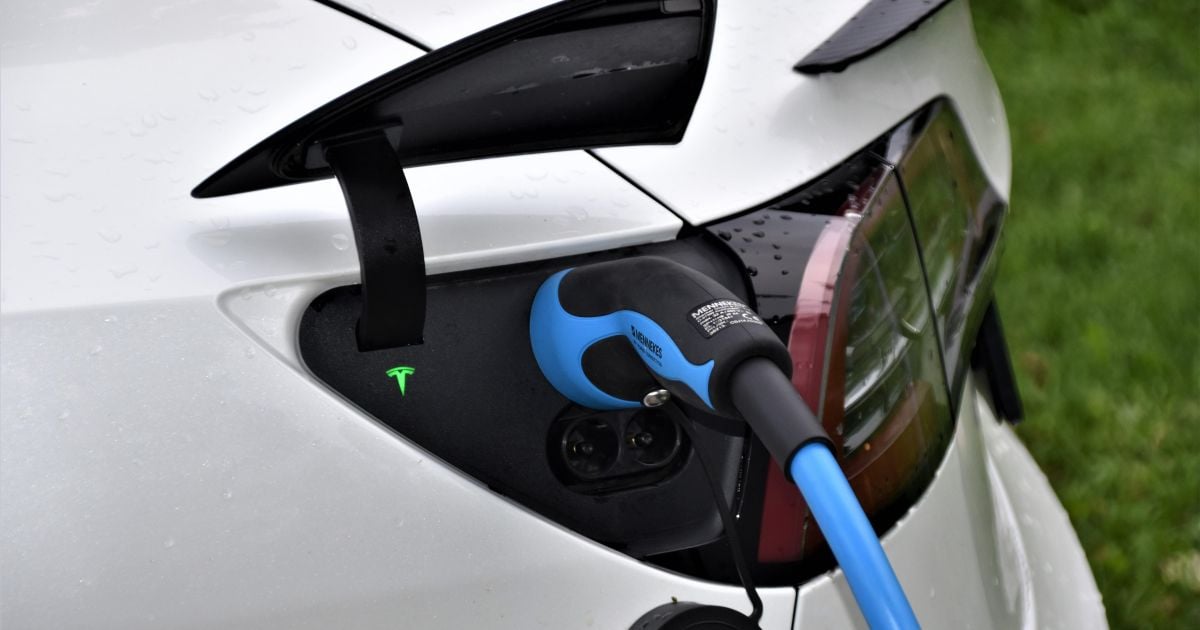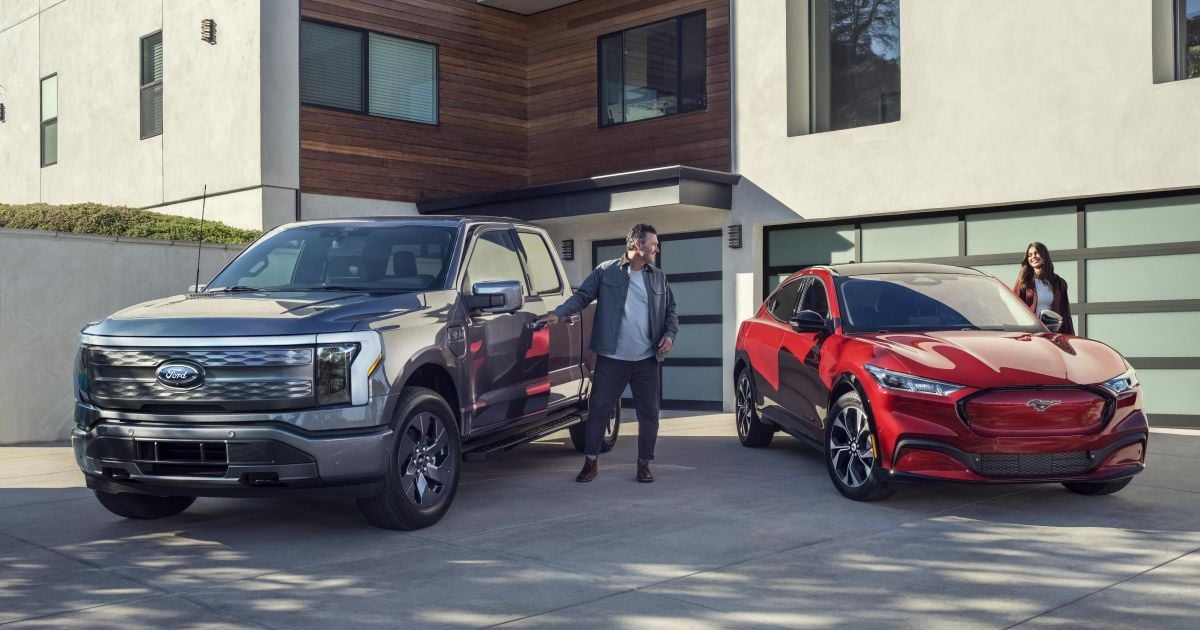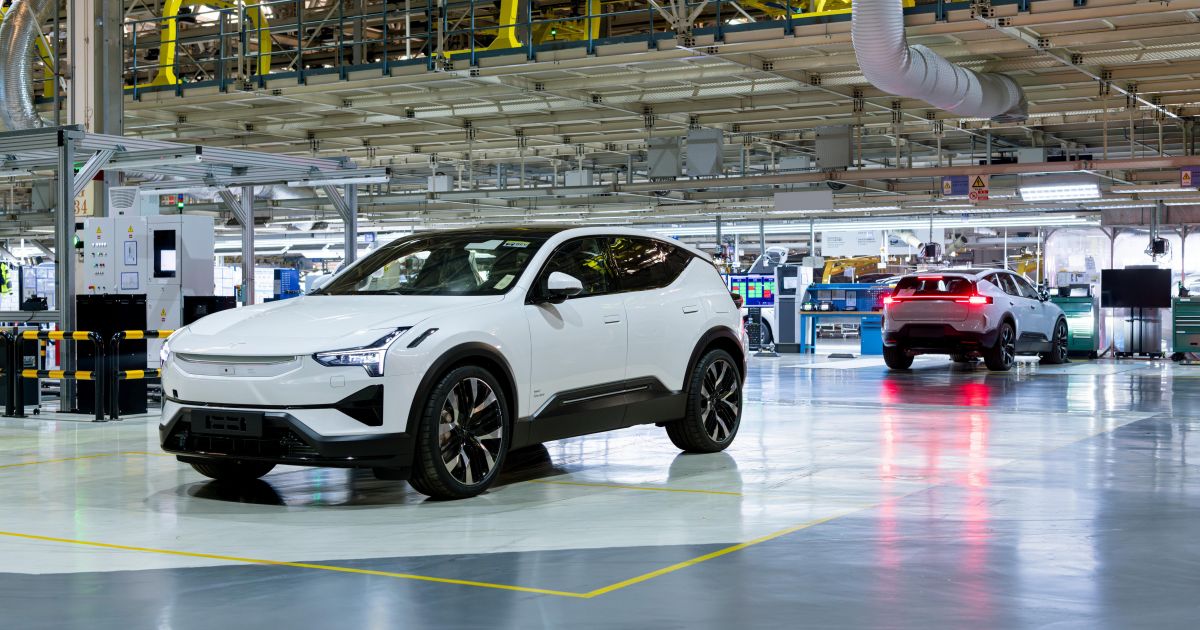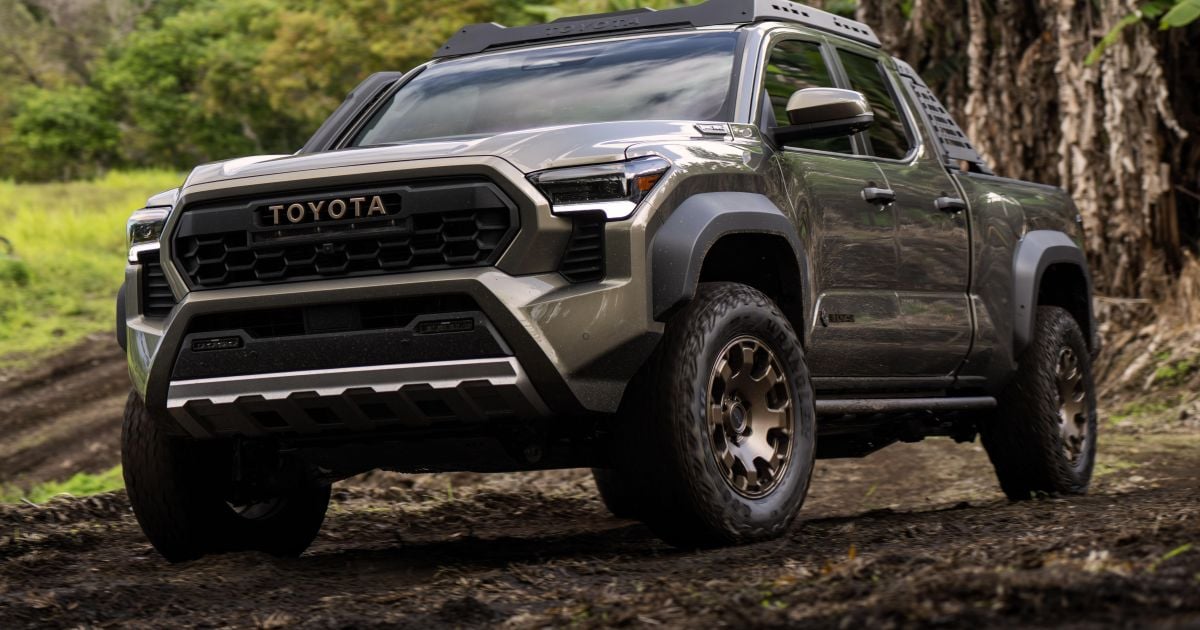
Donald Trump’s executive orders put EVs, trade agreements in the crosshairs
Donald Trump’s first day in his second term as US President was a busy one, signing almost 50 executive orders in front of a public audience.
A number of the executive orders were signed to repeal actions by former President Joe Biden, who led the country for the four years in between President Trump’s two terms.
During the rapid-fire ceremony, President Trump followed through on his pre-election promise by rescinding a non-binding agreement for half of US new automobile sales to be of electric vehicles (EVs) by 2030.
EVs were a major target during President Trump’s election campaign, with the incoming president falsely claiming the US Government has mandates which will require EV sales to reach 100 per cent – and that he’d repeal these if he was elected.
Hundreds of new car deals are available through CarExpert right now. Get the experts on your side and score a great deal. Browse now.
While President Trump wants carmakers to be unrestricted by EV mandates, an extra step is still required for the executive order to be properly implemented.
A separate non-binding sales target was set by the US Environmental Protection Agency (EPA), which stands at 35 to 56 per cent of EV sales on the new vehicle market by 2032.
Rather than being an EV sales mandate, it’s an outline of what carmakers will need to do to meet wider emissions regulations across their fleets.
This EPA target was previously as high as 67 per cent before being walked back in April 2024, following a cooling of – but not reduction in – demand for EVs.
President Trump’s administration therefore will need to work with the EPA to scale back the country’s vehicle emissions targets.
Prior to being sworn in, last month news agency Reuters reported Mr Trump’s transition team would axe the federal tax credit for EVs, worth up to US$7500 (A$11,625), shortly after his inauguration.
At present, the incentive is available for EVs built in North America and below certain price points – US$55,000 (A$85,250) for passenger cars, and US$80,000 (A$124,000) for pickups and SUVs – with just 16 models eligible for the full amount.
Under his executive order, called Unleashing American Energy, President Trump has moved to eliminate what it calls the “electric vehicle mandate” to “promote true consumer choice, which is essential for economic growth and innovation”.
In doing so, the administration says it’s “ensuring a level regulatory playing field for consumer choice in vehicles; by terminating, where appropriate, state emissions waivers that function to limit sales of gasoline-powered automobiles; and by considering the elimination of unfair subsidies and other ill-conceived government-imposed market distortions that favour EVs over other technologies and effectively mandate their purchase by individuals, private businesses, and government entities alike by rendering other types of vehicles unaffordable”.
The order also calls for an immediate pause of funds allocated towards EV charging stations.
The Inflation Reduction Act of 2022 and Infrastructure Investment and Jobs Act saw the establishment of the National Electric Vehicle Infrastructure Formula Program and the Charging and Fueling Infrastructure Discretionary Grant Program.
It’s understood EV chargers were earmarked to receive US$7.5 billion (A$11.8bn) in funding as a part of the programs.
President Trump also yesterday pledged to impose a tariff of 25 per cent on Mexico and Canada from February 1, 2024. This has not yet been signed off as an executive order.
He had been vocal in the lead up to the election about imposing tariffs of up to 200 per cent on vehicles built in Mexico and sold in the US.
“We’ll put a tariff of 200 per cent on [Mexican vehicles] if we have to,” he said at a rally in October.
“We’re not going to let it happen. We’re not letting those cars come into the United States.”
This was an increase on his previous threats of 50 then 100 per cent tariffs, made in a bid to secure votes from automotive workers whose jobs are perceived to be at risk.
Popular US vehicles currently made in Mexico include the Chevrolet Silverado 1500 (regular/single cab), the Toyota Tacoma, Volkswagen Tiguan and BMW 3 Series, to name a few.
Ironically, in 2018 President Trump was one of three leaders to sign the United States–Mexico–Canada Agreement for free trade between the nations.
While he’d also pledged in March 2024 to impose a 100 per cent tariff on vehicles made in Mexico for Chinese companies – following BYD announcing its desire to open a factory south of the border – former President Biden announced a blanket 100 per cent tariff on Chinese EVs in May.



Leave a Comment